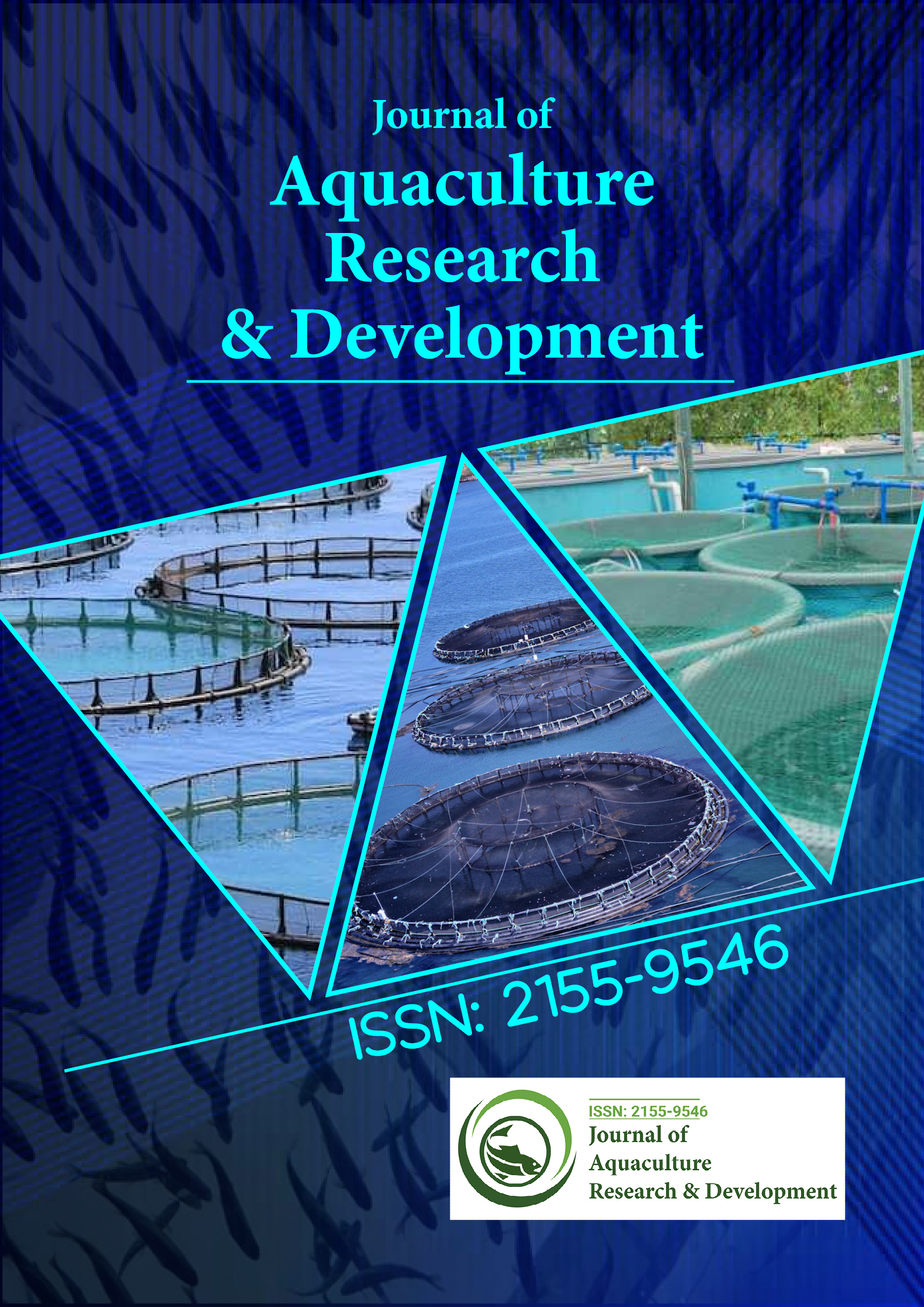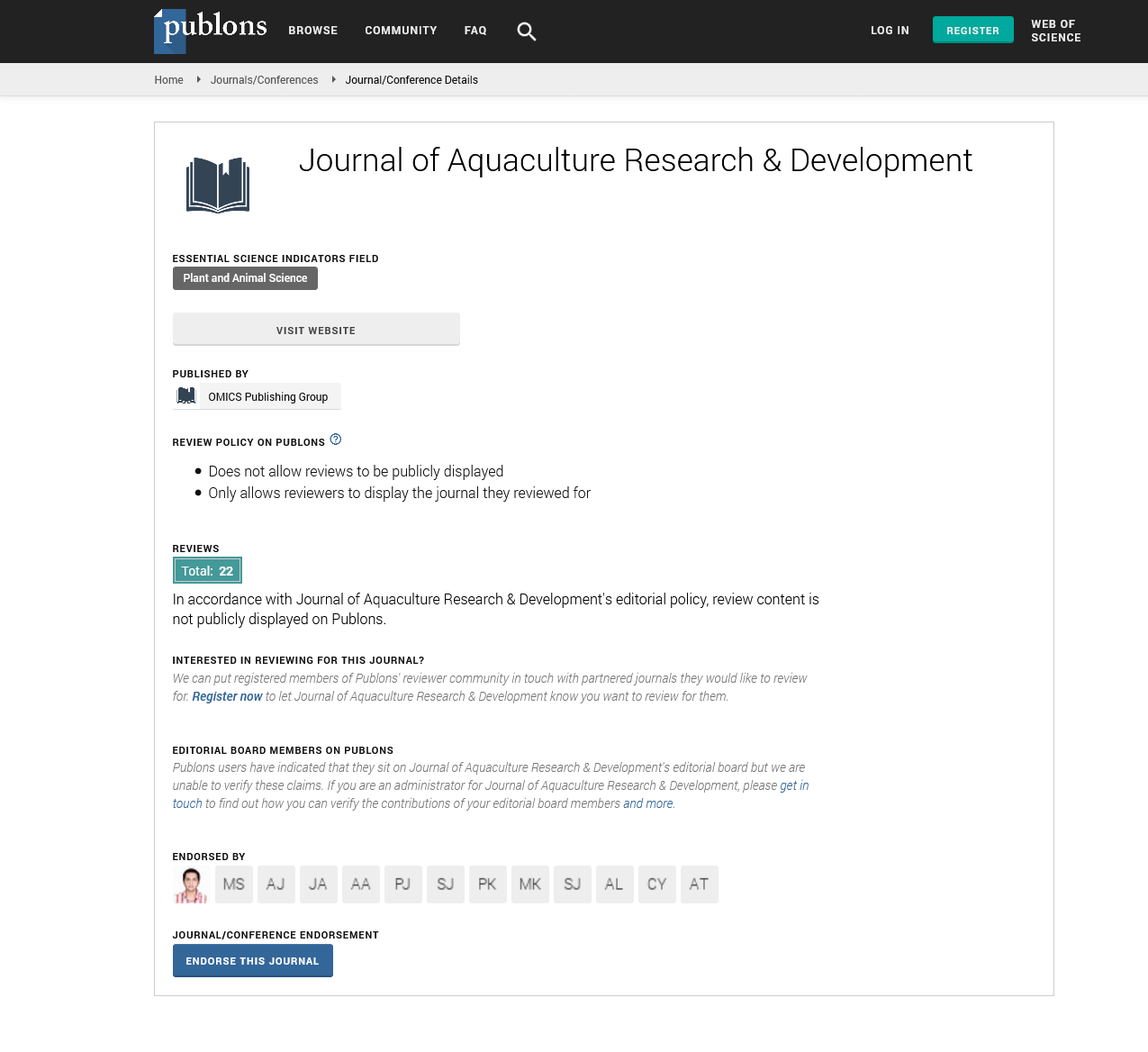Indexed In
- Online Access to Research in the Environment (OARE)
- Open J Gate
- Genamics JournalSeek
- JournalTOCs
- Scimago
- Ulrich's Periodicals Directory
- Access to Global Online Research in Agriculture (AGORA)
- Electronic Journals Library
- Centre for Agriculture and Biosciences International (CABI)
- RefSeek
- Directory of Research Journal Indexing (DRJI)
- Hamdard University
- EBSCO A-Z
- OCLC- WorldCat
- Scholarsteer
- SWB online catalog
- Virtual Library of Biology (vifabio)
- Publons
- MIAR
- University Grants Commission
- Euro Pub
- Google Scholar
Useful Links
Share This Page
Journal Flyer

Open Access Journals
- Agri and Aquaculture
- Biochemistry
- Bioinformatics & Systems Biology
- Business & Management
- Chemistry
- Clinical Sciences
- Engineering
- Food & Nutrition
- General Science
- Genetics & Molecular Biology
- Immunology & Microbiology
- Medical Sciences
- Neuroscience & Psychology
- Nursing & Health Care
- Pharmaceutical Sciences
Abstract
Food and Nutrition in Aquatic Species
Food networks depict who eats whom in an environmental local area. Made of interconnected orders of things, food networks assist us with seeing how changes to biological systems - say, eliminating a top hunter or adding supplements - influence various species, both straightforwardly and in a roundabout way. Phytoplankton and green growth structure the foundations of oceanic food networks. They are eaten by essential purchasers like zooplankton, little fish, and scavengers. Essential shoppers are thus eaten by fish, little sharks, corals, and baleen whales. Top sea hunters incorporate enormous sharks, dolphins, toothed whales, and huge seals. People eat amphibian life from each segment of this food web. Food varieties like salmon, lobster, and shrimp, are frequently classified as "fish." But how should you arrange these food sources while including a freshwater fish, like trout? Think about the term amphibian food varieties (likewise called blue food varieties), which incorporate any creatures, plants, and microorganisms that start in waterways.
Published Date: 2021-12-31; Received Date: 2021-12-10

